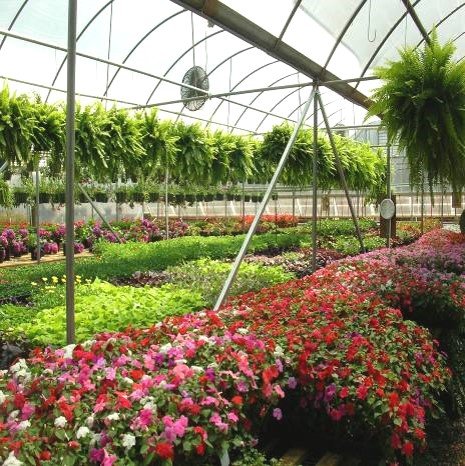Switch to Direct Thermal
When landfill gas (LFG) volume is sufficient for a project, but electricity generation is no longer feasible, switching to a direct-use project may be a viable option if there is an onsite or nearby thermal need.
Criteria:
- Customer within five miles of landfill has a consistent thermal demand.
- Customer is willing to pay green gas premium for the project to be economically feasible given low fossil natural gas prices.
Pros:
- An onsite demand for heat or hot water pairs well with an LFG supply.
- A direct thermal project can often use a lower LFG flow rate than a typical electricity project.
- LFG does not generally require any additional treatment beyond what was required for an electricity project.
Cons:
- Since fossil natural gas prices are low, the economics of this project type may be a challenge unless the renewable aspect of LFG can intrigue potential customers.
- If LFG is used on site, the combustion device may need to be retrofitted.
Economic Considerations:
- Cost ranges for a 1,000 or 3,000 standard cubic foot per minute (scfm) project:
- Retrofit costs for a boiler can range from $120,000 to $516,000, depending on the level of retrofit needed.2
More Information:
- LFG Energy Project Development Handbook Chapter 3. Project Technology Options, EPA LMOP
- Adapting Boilers to Utilize Landfill Gas, EPA LMOP
References
1 U.S. EPA. Landfill Gas Energy Project Development Handbook. Chapter 4. Project Economics and Financing. July 2021. https://www.epa.gov/lmop/landfill-gas-energy-project-development-handbook.
2 U.S. EPA. Landfill Gas Energy Project Development Handbook. Chapter 3. Project Technology Options. July 2021. https://www.epa.gov/lmop/landfill-gas-energy-project-development-handbook.
3 U.S. EPA. LMOP Project Profile: Jackson County NC Green Energy Park. https://www.epa.gov/lmop/landfill-gas-energy-project-data#jackson.
4 U.S. EPA. LMOP Project Profile: Crow Wing County Small Onsite Boiler Project. https://www.epa.gov/lmop/landfill-gas-energy-project-data#crow.
5 U.S. EPA. LMOP Project Profile: J.J. Brunner, PA Leachate Evaporation. https://www.epa.gov/lmop/landfill-gas-energy-project-data#brunner.

